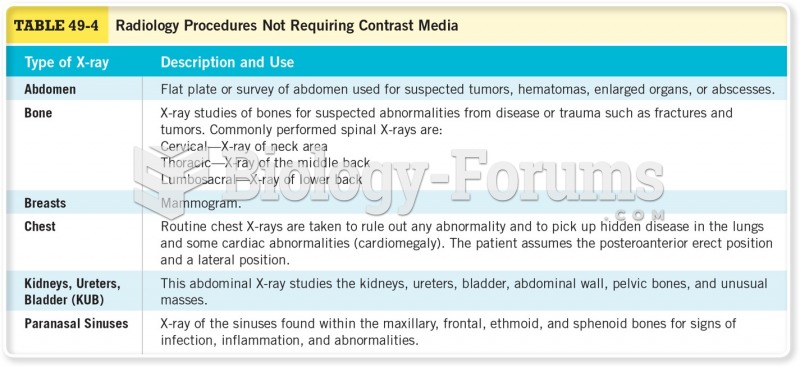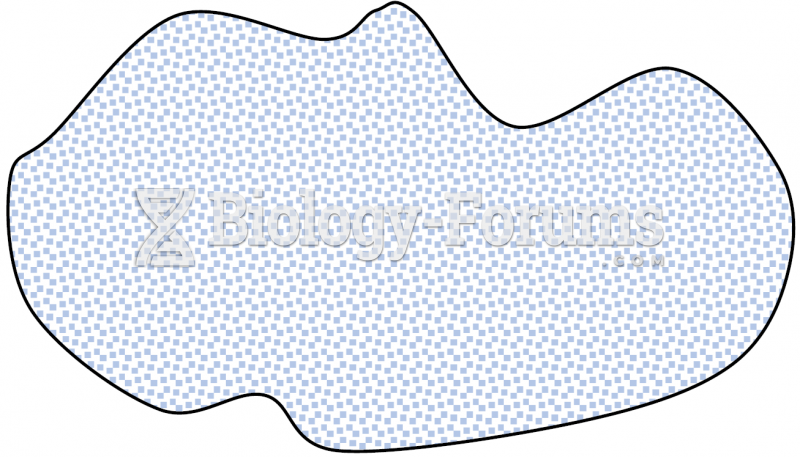Answer to Question 1
a . Experimental method: Involves manipulation of at least one independent variable and measurement of at least one dependent variable. The two defining features are random assignment (to conditions, or levels, of an independent variable) and control (over the independent variable). Experiments are typically preferred to other studies within social psychology because they allow the researcher to draw causal conclusions with a relatively high degree of confidence (i.e., they are high in internal validity). They are sometimes not feasible for practical or ethical reasons, however, and they are often low in external validity and mundane realism.
b. Correlational method: Involves measuring the relationship between two or more variables, without manipulation and without random assignment. Correlational studies are relatively low in internal validity (compared to experiments) but they are often a researcher's only option (e.g., when variables cannot be manipulated for logistic or ethical reasons). Correlational studies are also often relatively high in external validity and mundane realism.
Answer to Question 2
Possible Response Points:
Fear-based messages are ineffective when they are too scary- causing the audience to become defensive, feel paralyzed, and/or block them out. They can also be ineffective for the same reasons that other types of messages are ineffective (e.g., because the communicator is not trustworthy).
These messages are maximally effective when they
Speak to an audience that is actually susceptible to the dangers being addressed
Instruct the audience on how to avoid the dangers being addressed (or speak to an audience that is already aware of how to do so)
Elicit moderate levels of fear (rather than very low or very high levels of fear)
Make use of pictures rather than just words







